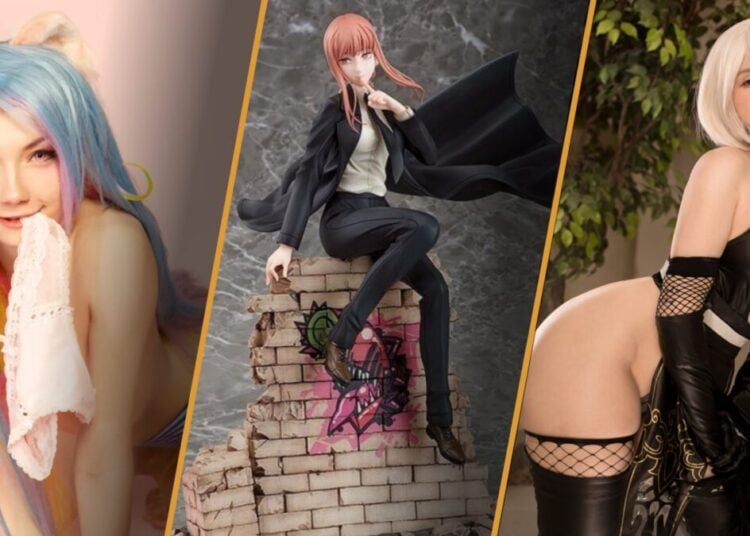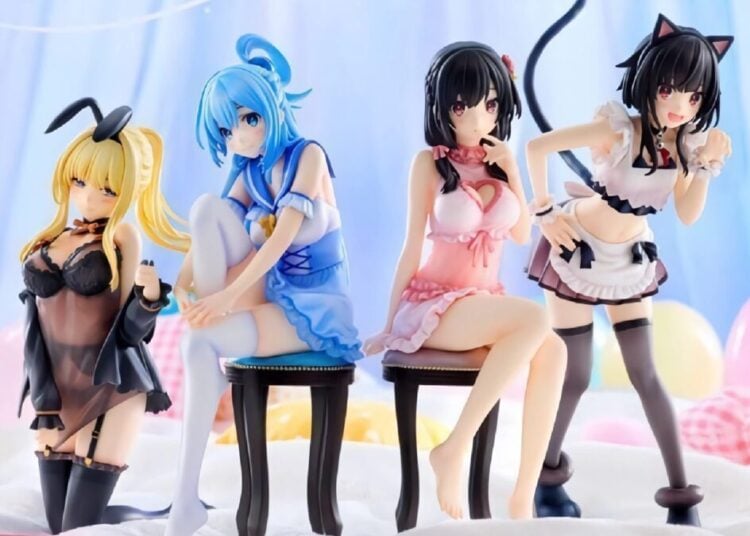As a longtime Japan blogger, I know that there are some topics that will be more popular than others. Posts about girls looking at you with a disgusted face while showing their pantsu will get millions of views, while esoteric articles about the mechanics of how Japanese grammar works will be of less general interest, or at least will get shared less on social media. I’m pretty sure that posts about Buddhism and funerals in Japan will fall into the latter category, but such is the life of a Japan blogger…
Recently two relatives of my Japanese family died within a week of each other, and I found myself attending two Japanese funerals. I’d been to funerals here before, but as a normal attendee, not as actual family, so this time was a bigger deal. The experience encouraged me to write a post giving my subjective views on the theory and practice of Buddhism in Japan, as I’ve observed them in my 27 years here.
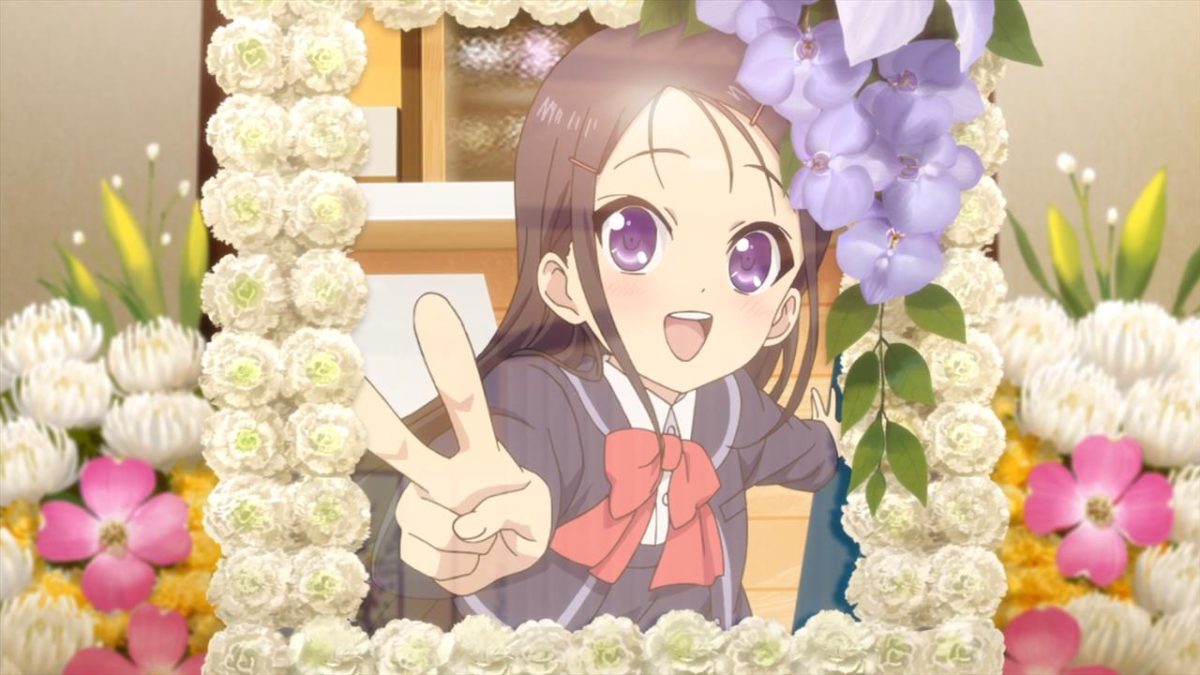
The Flexibility of Religion in Japan
Buddhism came to Japan in the 6th and 7th centuries, probably through Korea, along with kanji writing. Buddhism is the soul of culture to the Japanese, in the same way, the grand traditions of Ancient Greece and Rome are the basis of the West today.
As you may know, Japan takes a rather unique approach to religion, casually mixing different religious traditions in ways that would be unthinkable to most of us. As a general rule, Japanese will turn to Shinto — the original religion of Japan, which sees kami (spirits) that live in natural objects — for life-affirming events like celebrating a baby’s birth and “christening” land to appease the kami spirits before a house is built, Christianity for Western-style wedding ceremonies, and Buddhism for anything related to death or revering one’s ancestors. Some Japanese do insist on sticking with only one religious tradition — a Japanese Christian I knew refused to do the New Year’s prayers for good luck because he considered Shinto to be a Pagan religion, a family who closely adhered to Shinto rites only rather than blending it with Buddhism — but most Japanese view religion as “culture” rather than something to be taken overly seriously.
Most Japanese homes will have both a butsudan, a Buddhist altar, which is essentially an Ark of the Covenant for talking to one’s dead parents and grandparents, and kamidana, a Shinto altar that enshrines the kami spirit in the home, and a Christmas tree in December. Despite this fact, they’ll often insist that the defining feature of the Japanese race is that they have no religion.
But What do I Know About Buddhism?
I’ve resisted writing about a topic like Buddhism in the past since I have no training, and couldn’t tell a Mahayana sutra from a Man’yōshū waka poem. But that’s okay, though, because outside of a small number of Buddhist art otakus (yes, they’re a thing), I’d say no average Japanese has a deep understanding of Buddhism other than knowing what sect they happen to belong to. As a failed Catholic, I feel I have a pretty good grasp on the general history of the entire tree of Catholic and Protestant denominations, yet I’ve never met a Japanese who could discuss the difference between, say, the Shingon and Nichiren schools of Buddhism, who wasn’t a practicing Buddhist priest.
Is Shinto More Visually Appealing than Buddhism?
If I asked you to think of cultural references to Shinto in Japanese pop culture, you’d probably have no trouble coming up with several examples. Washinomiya Shrine, seen in Lucky Star, which has become a major otaku tourist destination. The general cult of Shrine Maidens. The many beloved characters of Touhou Project. Kannagi, a show about a boy who carves a tree trunk for a school project and releases the kami inside, who naturally is a cute girl. Episode 20 of Hyouka, which captures the look and feel of Shinto New Year’s ceremonies perfectly. Pretty much every story Rumiko Takahashi has ever told. I could go on and on.
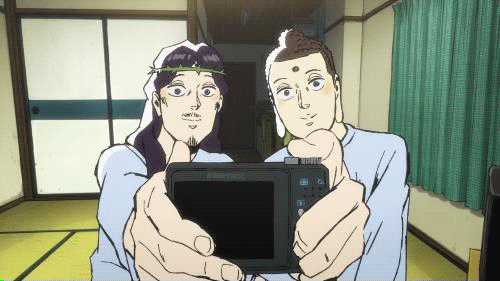
How about Buddhist themes in anime and manga? Can you think of any? The most famous would be Buddha, the (outstanding) Tezuka Osamu manga about the life and enlightenment of Siddhartha, which ran from 1972–1983, and the 2011 movie. Then there’s Saint Young Men, about Jesus and Buddha living together in a small apartment in modern Tokyo. Another good example is the mysterious Buddhist imagery from Houseki no Kuni/Land of the Lusterous, which was eerie and beautiful. So there are some examples, at least.
What is it about Shinto that makes it so much easier to present to the world in the “fun” medium of anime, manga, and video games, compared with Buddhism? Is it our preference for bright colors, for fun stories about kami spirits living in 400-year-old trees over the less-approachable pantheon of Buddhist deities? For whatever reason, Shinto is very accessible to outsiders like us, while Buddhism seems always shrouded in mystery.
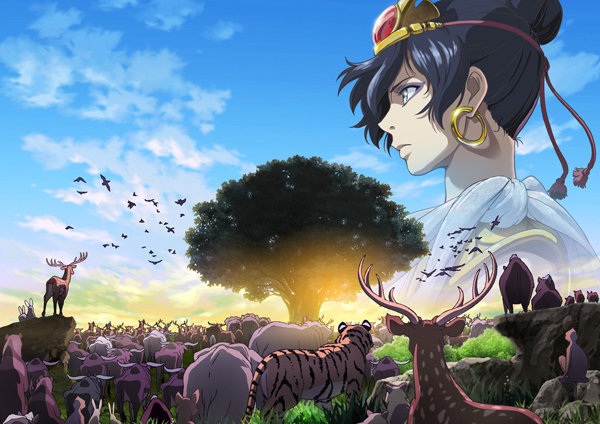
What is Buddhism in Japan
Buddhism in Japan isn’t about karma, or rebirth, or floating Dharma wheels in the sky. The concept of “enlightenment” is rarely mentioned. Japanese Buddhist clergy don’t live simple lives and don’t deny themselves material possessions. (One exception is that many Buddhist priests will forego eating meat, and there’s an interesting genre of food called 精進料理 shōjin ryōri, devotional cuisine that’s made to look like meat, though it’s 100% vegetarian.) Japanese Buddhist priests don’t live lives of poverty, and many are downright rich, owning top-of-the-line Mercedes-Benz cars, though they also have more humble cars that they drive around town, to avoid making a bad impression on the people they serve.
No. Buddhism in Japan is all about giving people a framework for honoring and remembering their dead ancestors (especially parents and grandparents), and for calmly preparing for the inevitability of one’s own death in the future. Buddhism is so closely tied with the spirits of one’s dead ancestors that the common Japanese word for Buddha (仏様 Hotoke-sama) serves as a generic word essentially meaning “either Buddha himself or the spirits of my ancestors, whichever is appropriate in this situation.”
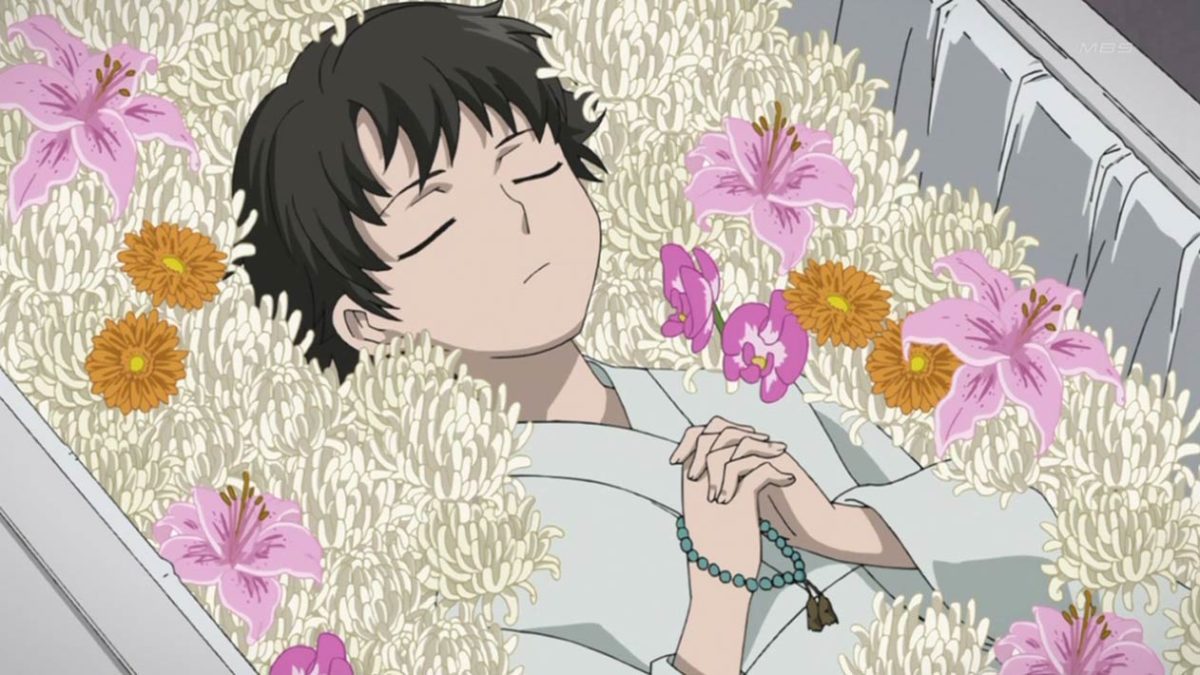
I Went to a Buddhist Funeral So You Don’t Have To
Funerals are the best example of the Japanese idea of 型 kata, a word that can mean “mold” (to shape things), “model” (as in the model number of car), “type” (for classification, also used for blood type), as well as the customary postures taken in martial arts. In this case, it means “the automatic things humans know how to do in specific social situations” such as after a death. Everyone knows what to wear (a standard black suit called a reifuku, which can be used for weddings if you swap out the necktie), how to compose one’s self (you never smile or show your teeth), exactly how much money to bring (30,000 yen / US$275 for us as family members, being sure to prepare old and worn banknotes), and what to do when you arrive home after the funeral (toss the salt in the provided salt packet over your body to ensure no dead spirits enter into your home).
The funeral itself involves the Buddhist priest performing a long ritual while the family and visitors make offerings of incense over little bowls of flame. While the priest gives the deceased a new name to take with them into the afterlife, the body is laid out in a white coffin with his or her head pointing north, called kita-makura or “north-pillow,” which is why Japanese are super careful about avoiding lying with their heads pointed in that direction while they sleep. If guests of honor are in attendance, such as politicians or presidents of companies, they’re given a special time and place to make their incense offerings.
Then comes the beautiful part. Everyone but the family and chosen close friends leaves, and the coffin is opened and everyone takes the proffered flowers and places them around the body as in the picture above, saying their final farewells.
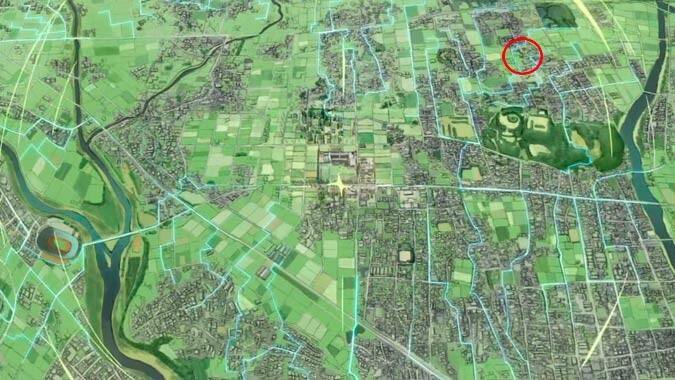
Cremation After the Funeral
Then comes the part that only family members are allowed to take part in, which I’d never done before. We all drove to our city’s crematorium, which happens to be visible on the maps that show in episode 2 of Nichijou, set in J-List’s home city. (The red circle is J-List, the funeral home is slightly above, off the map.) There we said a final goodbye to the deceased then had lunch and beers while the body was cremated. They even gave us Häagen-Dazs ice cream.
Then came the doki doki part, going in and seeing the remnants after the cremation is completed, the bones that remained after being cooked at 980 °C / 1,800 °F. There wasn’t much, as my aunt had been 89 years old and sick for a while. Everyone divided into pairs and, taking a pair of chopsticks each, together picked a piece of bone and deposited it into the urn, two people and two pairs of chopsticks for each piece of bone. (Which is why it’s terribly rude to ever hand food to someone chopstick-to-chopstick in social settings, as it’s reserved for funerals.) When we’d each put one piece in, the professional bone guy (not sure what you’d call him) carefully swept up the rest of the bone pieces and put them in the urn. Finally came the piece of her skull and, beautifully, the glasses she wore while alive.
What Buddhism in Japan Means in the End
At one of the funerals I attended, they handed us a paper that explained that Buddhism is a framework for dealing with the 四苦八苦 shiku hakku, the eight sufferings we all face during our lives, which are:
- birth
- aging
- sickness
- death
- being separated from those who we love
- having to deal with those we hate
- dealing with our desire for things we can’t obtain
- finally, suffering related to the five spiritual elements inside us
Again, almost no actual Japanese people know what any of this is, at least until their parents die and they suddenly get serious about Buddhism for the remainder of their lives. Here’s a link with more info from a Soka Gakkai website, which is an modern “evangelical” offshoot of Nichiren Buddhism that’s quite active internationally.
The other important concept discussed during the funeral was the idea of ご縁 go–en, which means the personal connections and bonds we form with various people as go through our lives, whether they be family or friends, mentors, or people we help in some random way. (The 5 yen coin is considered lucky in Japanese because “5 yen” is pronounced go-en, the implication that you’ll meet more important people if you carry one around with you.) As we go through our lives, we form these ご縁 relationships which are lifelong bonds that never disappear, and we should be aware of the importance. The ultimate expression of this ご縁 concept is that, someday, you will be present as your loved ones are cremated, and will help put their bones in the urn, or they will do the same for you. Which is a pretty sobering thought to have, and one that makes me want to be kinder to everyone in my life while we’re all together.
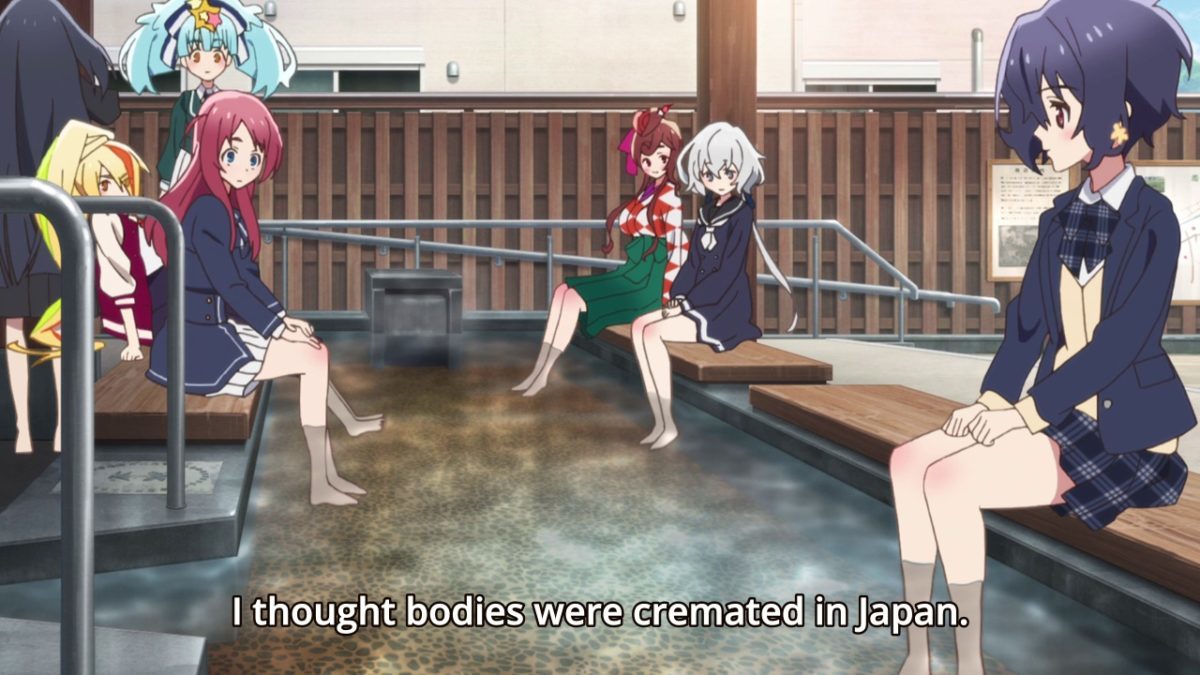
My son, who can be pretty wise sometimes, once observed that in Japan, Buddhism functions like the Social Security system. The living people pay into the system by showing respect and filial piety to their parents while they’re alive, and showing proper respect after they’ve died by making sure their parents are not forgotten. Then when it’s their turn, their children show the same respect to them, allowing the system to continue on into the future, the way the retirements of current elderly people is funded by the younger generation, and so on.
Did you enjoy reading about Buddhism and funerals in Japan? Did you learn something? If you have any questions, ask us on Twitter or Facebook!


